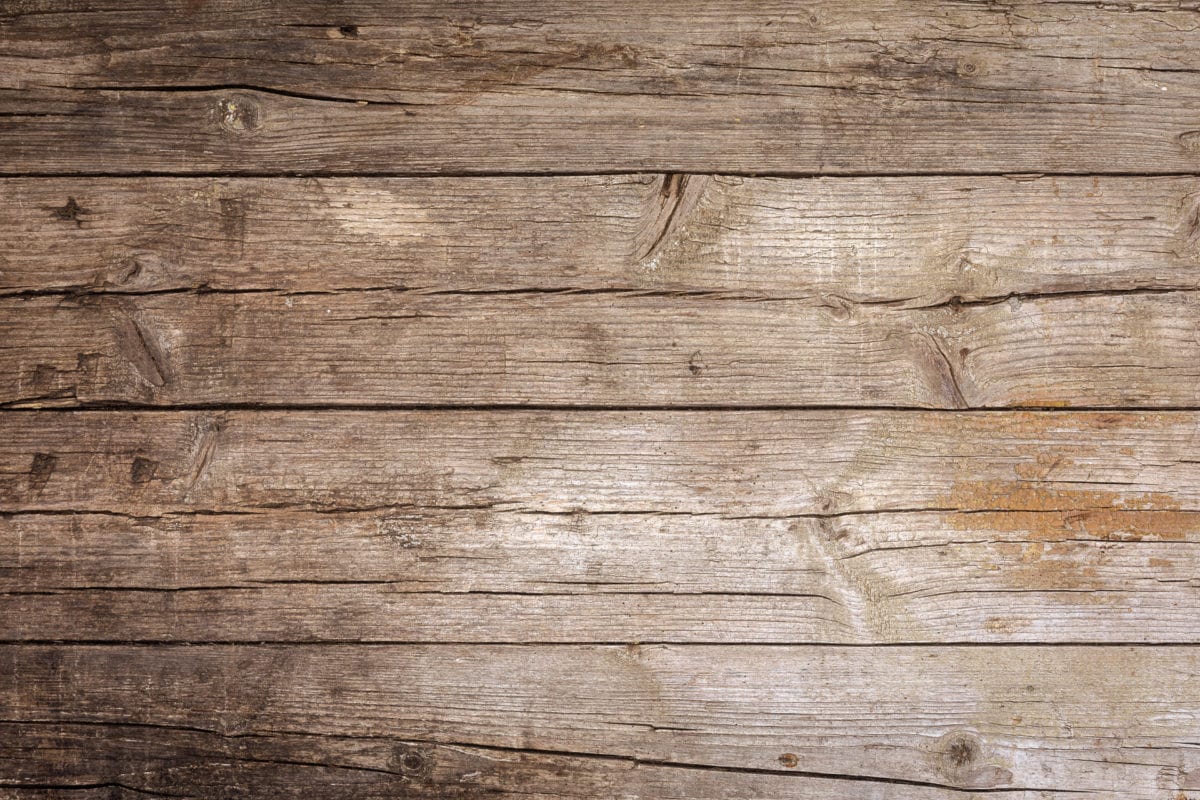When you add hardwood floors to your home, your first thought probably isn’t about how the relative humidity in your home will affect them. You’re more likely thinking about how great they look. But if you want to keep them looking great, it’s important to understand how the humidity in your home can impact your flooring.
Having too high or too low humidity can cause problems, and it’s important to keep your home’s relative humidity within a good range. For best results, keep your home’s temperature between 65-75 degrees Fahrenheit. Keep a relative humidity between 35-60%, and 40-42% should be your target during the winter.
First: What is relative humidity?
Relative humidity (or RH) refers to the amount of water vapor in the air based on the air’s temperature and is expressed as a percentage. As the temperature changes, so does the relative humidity.
RH measures how much water vapor is in the air compared with how much water vapor the air could hold at its current temperature. For example, if your RH is 40%, the air is holding 40% of the water vapor it could hold.
What happens if my relative humidity is too high?
In terms of your health, RH over 50% rolls out the red carpet to dust mites. These tiny creatures are invisible to the naked eye, but can cause many respiratory problems. The household’s inhabitants can experience allergies, asthma issues, viruses, and more. This can affect pets too. But dust mites can’t exist in humidity below 50%.
In terms of your flooring, excessive relative humidity can cause several issues:

- Cupping
- Cupping occurs when the edges of a wood plank become higher than its center. This creates a concave “u” shape in the board.
- Crowning
- Crowning is the opposite of cupping. When this happens, the center of the wood plank rises above its edges. This creates a convex “bubble” shape underneath the wood.
- Buckling
- When wood floors buckle, they expand past the room they have and buckle upwards. When you walk on buckled flooring, it feels slightly bouncy. This bounce is the gap between the subfloor and wooden flooring. This is one of the most extreme cases of damage from RH, but it does happen.
- Cracking
- The wood floor expanding can also lead to cracking. As it expands and has nowhere to go, the wood pushes against itself. This can cause boards to crack under the increasing pressure.
What happens if my relative humidity is too low?
Low humidity causes wood to dry out. This weakens the structure of the wood, which can lead to problems such as:
- Gapping
- When humidity drops too low, the wood shrinks. This can cause gaps to appear in between the planks. These gaps will most likely close when the humidity rises and the wood expands again. But if the wood shrinks too much, it won’t be able to fully expand again, causing permanent damage.
- Splitting
- If the temperature distresses the wood too much, it can weaken the wood. The wood then becomes brittle and can splinter. This splintering can occur at any place in the plank, which cannot be repaired. When wood splinters, it damages the finish. When this happens, your wood is no longer protected from the elements.
What can I do?
Changing humidity levels are not your friend. They can seriously damage your hardwood floors. In order to make sure these issues don’t happen to you, consider purchasing a humidifier or dehumidifier to regulate your home’s RH. Also consider purchasing a hydrometer, which is a tool used to measure RH. By keeping your home’s humidity in check, you can ensure that your floors are well maintained and still look brand new.
Summary
When the humidity gets above 50%, it can lead to many problems, both health and flooring related. Humidity lower than 30% also poses a threat, as it can cause permanent damage to your flooring. Take steps now to manage your humidity levels and prevent these issues. Always be prepared when installing hardwood floors and make sure you regularly check the RH in your home to keep your floors from being damaged.
Are you ready to buy engineered hardwood flooring?
We specialize in French White Oak and American Walnut species. Check out our Instagram and Facebook pages for a behind-the-scenes look at our warehouse, plenty of hardwood floor inspiration, and home advice. Schedule an appointment at our Chicago showroom or contact us today.


Pingback: Vietnamese Multi-Layer Engineered Hardwood Flooring Is 3 Ply or Multi-Ply Engineered Flooring Best for You? - L&C Flooring